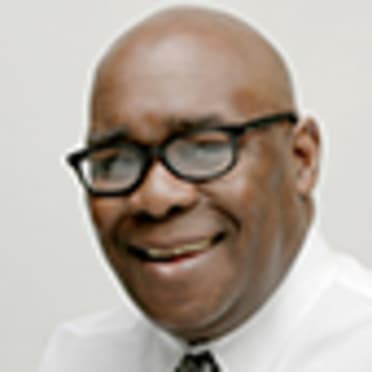In Hall of Fame Connections, a YouTube series produced by MLB Network and made possible by a grant from I LOVE NY/New York State’s Division of Tourism, the latest episode focuses on how Jim Thorpe connects to Jackie Robinson.
The series, driven by Camping World, looks at the Hall of Fame’s collection from a new and exciting angle, with each episode telling a different story of how two seemingly unrelated artifacts in the museum’s vast collection connect to each other, crossing through generations of baseball history.
Each two-part episode features both a narrative storytelling element that weaves through the history of some of the museum’s most iconic artifacts, and the Hall of Fame’s curators conversing about those artifacts and stories with MLB Network personality Carlos Peña, a former MLB All-Star, and sports journalist Lindsay Berra, Yogi’s granddaughter.
The series consists of 13 episodes, all available to stream for free through the Hall of Fame’s YouTube channel at youtube.com/baseballhall. New episodes will be released each Wednesday through September, and it will also be featured across MLB Network’s studio programming.
The 12th episode, titled "From Jim Thorpe to Jackie Robinson," is available now.
Whenever a great play is made in baseball, the Baseball Hall of Fame makes sure it gets a piece of history. Here is what to expect in the 12th episode.
The greatest all-around athlete
Jim Thorpe could do it all. He was a two-time Olympic gold medalist who made his mark in football, basketball and baseball. Thorpe played six years in the Major Leagues, mostly with the Giants. He had a career average of .252 with seven home runs in 289 games. As a member of the Giants, Thorpe took part in a world tour in 1914 and met Pope Pius X. The Baseball Hall of Fame has a ball from that tour, which includes a signature from Thorpe.
Thorpe’s teammate
Thorpe’s last year was with the Boston Braves in 1919. One of his teammates that season was outfielder Les Mann, who played 16 years in the big leagues. Mann is best known for becoming a producer who created films on how to play baseball the right way. According to SABR’s Maurice Bouchard, Mann created the Mannscope, a film projector, to show his films. The Mannscope is currently on display at the Hall.
Trying to make baseball global
Mann was a champion of international baseball, and he was the secretary-treasurer of the Amateur Athletic Federation, according to Bouchard. In 1936, with Mann’s help, baseball was added to the 1936 Olympics. The American team was scheduled to face the Japanese team, but the Japanese government pulled it out of the competition. Mann responded by splitting the U.S. team in half and playing a night game under the lights at Berlin Stadium. How many people showed up for the exhibition game? More than 100,000 people, thank you. Mann even served as an umpire during the game.
Goldberg tries out
Before the U.S. baseball team went to Germany in 1936, Herman Goldberg tried out in Baltimore. He ended up joining the team as a catcher and an outfielder. The uniform he wore during the Olympics is currently on display in Cooperstown.
Jackie’s brother
Jackie Robinson wasn’t the only sports star in his family. His older brother, Mack, was a sprinter who broke the old Olympic record in the 200-meter dash in 1936, but he ended up with a silver medal because he finished .4 seconds behind Jesse Owens, who won the gold.
Mack’s little brother
Mack Robinson’s younger brother, Jackie, was just as talented. Much like Thorpe, he could do it all. Jackie lettered in track, football, baseball and basketball while attending UCLA. By 1947, Jackie became known for his baseball skills. It starts, of course, on April 15, 1947, when he became the first Black player to break the color barrier and play in the Major Leagues, where his skills made him one of the best to play the game. He was a stellar defender who had dazzling speed and a bat that helped the Brooklyn Dodgers win six pennants and one World Series title during his 10 years in the Majors. Jackie’s cap from the 1955 World Series is on display in Cooperstown.
After his baseball career ended after the 1956 season, his push for change was never confined within the walls of a ballpark. Starting in 1957, Jackie started getting heavily involved in the civil rights movement, looking for equality for African-Americans. He spent a lot of time raising money for the NAACP and the Southern Christian Leadership Conference (SCLC). In his first year with the movement, Jackie crisscrossed the country and helped to raise $1 million for the NAACP. By the early 1960s, Robinson raised money for SCLC by hosting jazz concerts in his backyard. The funds were raised to help provide bail money for the jailed activists.
